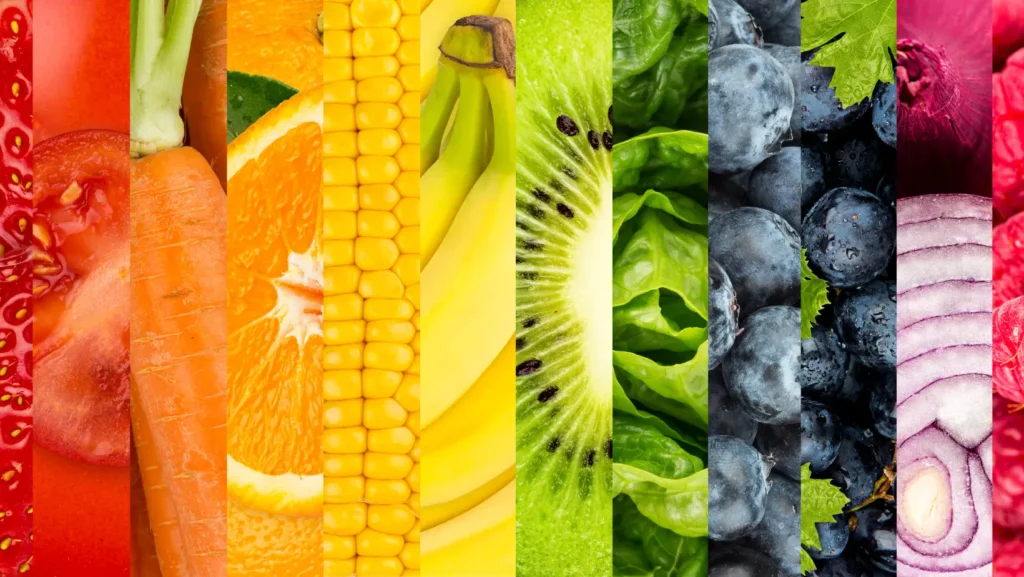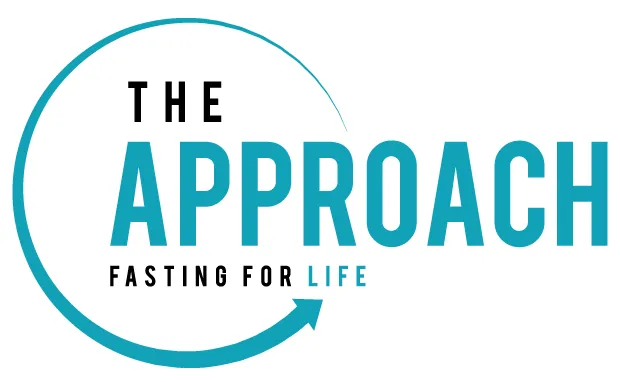Eating the Rainbow: A Vibrant Palette for Optimal Health

Nature’s brilliance is not only captivating to the eye but also nourishing for the body. Embracing a diet rich in colorful fruits and vegetables is a delicious and practical way to ensure you’re getting a wide array of essential nutrients. In this blog post, let’s delve into the concept of “eating the rainbow” and explore the vibrant spectrum of healthy foods that each color represents.
Red:
Red fruits and vegetables are packed with antioxidants, notably lycopene, which is linked to heart health and cancer prevention. Examples include:
– Tomatoes: A versatile and nutritious base for sauces, salads, and soups.
– Red Bell Peppers: Rich in vitamin C, perfect for snacking or adding a crunchy element to dishes.
Orange/Yellow:
These hues signify a high content of vitamins A and C, crucial for immune function and skin health. Include these in your diet:
– Sweet Potatoes: A nutrient-dense alternative to regular potatoes, great baked or mashed.
– Mango: A tropical delight loaded with vitamin C and fiber.
Green:
Green vegetables are nutritional powerhouses, providing a wealth of vitamins, minerals, and antioxidants. Incorporate:
– Spinach: A versatile leafy green that can be added to salads, smoothies, or cooked dishes.
– Broccoli: Rich in fiber and vitamin C, perfect for roasting or steaming.
Blue/Purple:
These colors indicate the presence of anthocyanins, which have been linked to various health benefits, including improved cognitive function. Enjoy:
– Blueberries: A delicious and antioxidant-rich addition to yogurt, oatmeal, or as a snack.
– Eggplant: A versatile vegetable that can be grilled, roasted, or sautéed for various dishes.
Yellow/Green:
This category includes foods that straddle the yellow and green spectrum, often high in lutein and zeaxanthin, beneficial for eye health. Include:
– Corn: A sweet and versatile grain that can be grilled, boiled, or added to salads.
– Zucchini: A low-calorie vegetable that can be spiralized for a nutritious pasta alternative.
White/Brown:
While not part of the traditional rainbow, white and brown foods offer nutritional benefits too. Examples include:
– Cauliflower: A versatile cruciferous vegetable that can be roasted, mashed, or used as a pizza crust.
– Mushrooms: A unique source of vitamin D, perfect for sautéing or adding depth to dishes.
Eating the rainbow isn’t just a visual feast; it’s a journey toward optimal health and well-being. By incorporating a diverse array of colorful fruits and vegetables into your diet, you ensure that your body receives a broad spectrum of nutrients. So, the next time you plan your meals, embrace the vibrant palette that nature provides and savor the delicious and nutritious benefits of eating the rainbow.


